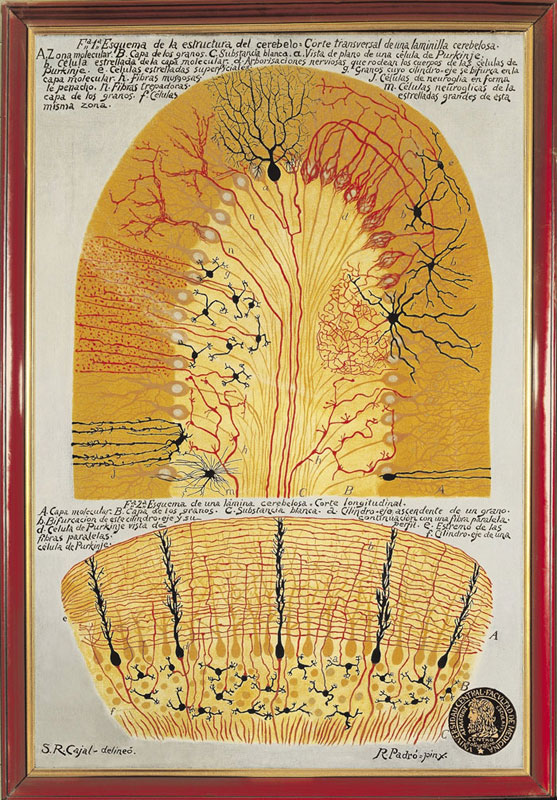Published: August 13, 2011

If a cluttered desk is the sign of a cluttered mind, what is the significance of a clean desk? Laurence J. Peter
Having a clean and sterile desk can leave employees with smaller brains, a study is claiming. The findings are revealed in a program made for Channel 4 ,The Secret Life of Buildings.
Architecture critic Tom Dyckhoff explores the impact the design of buildings can have on us – on our identity and self-esteem, and on relationships, our chances at school, and even our weight and immune system.
Watch a preview on UTube
Source: Channel 4
 In the late 1990s, Jane Anderson was working as a landscape architect. That meant she didn’t work much in the winter, and she struggled with seasonal affective disorder in the dreary Minnesota winter months. She decided to try meditation and noticed a change within a month. “My experience was a sense of calmness, of better ability to regulate my emotions,” she says. Her experience inspired a new study which will be published in an upcoming issue of Psychological Science, a journal of the Association for Psychological Science, which finds changes in brain activity after only five weeks of meditation training.
In the late 1990s, Jane Anderson was working as a landscape architect. That meant she didn’t work much in the winter, and she struggled with seasonal affective disorder in the dreary Minnesota winter months. She decided to try meditation and noticed a change within a month. “My experience was a sense of calmness, of better ability to regulate my emotions,” she says. Her experience inspired a new study which will be published in an upcoming issue of Psychological Science, a journal of the Association for Psychological Science, which finds changes in brain activity after only five weeks of meditation training.
Previous studies have found that Buddhist monks, who have spent tens of thousands of hours of meditating, have different patterns of brain activity. But Anderson, who did this research as an undergraduate student together with a team of University of Wisconsin-Stout faculty and students, wanted to know if they could see a change in brain activity after a shorter period.
At the beginning of the study, each participant had an EEG, a measurement of the brain’s electrical activity. They were told: “Relax with your eyes closed, and focus on the flow of your breath at the tip of your nose; if a random thought arises, acknowledge the thought and then simply let it go by gently bringing your attention back to the flow of your breath.”
Then 11 people were invited to take part in meditation training, while the other 10 were told they would be trained later. The 11 were offered two half-hour sessions a week, and encouraged to practice as much as they could between sessions, but there wasn’t any particular requirement for how much they should practice.
After five weeks, the researchers did an EEG on each person again. Each person had done, on average, about seven hours of training and practice. But even with that little meditation practice, their brain activity was different from the 10 people who hadn’t had training yet. People who had done the meditation training showed a greater proportion of activity in the left frontal region of the brain in response to subsequent attempts to meditate. Other research has found that this pattern of brain activity is associated with positive moods. [continue reading…]

Here are two cutaway views of the cerebellum, which coordinates movement. The top drawing has a rich diversity of cells, including treelike Purkinje cells, seen in red and tan, and stellate cells, shown in black. The bottom drawing is a longitudinal cross section of the cerebellum.
Anatomist Santiago Ramon y Cajal was the first to see–and illustrate–what neurons really do. His exquisitely detailed drawings changed our understanding of the brain and nervous system. Cajal relentlessly pursued his microcopic study of animal tissues, leading to an essential discovery: Brain signals jump from cell to cell rather than flow through a continuous web of fibers, as was believed at the time.See more of these exquisite illustrations in Discover
The Scientist Who Drew Brains, and Then a Nobel Prize.
Source: Discover
Published: February 19, 2011



